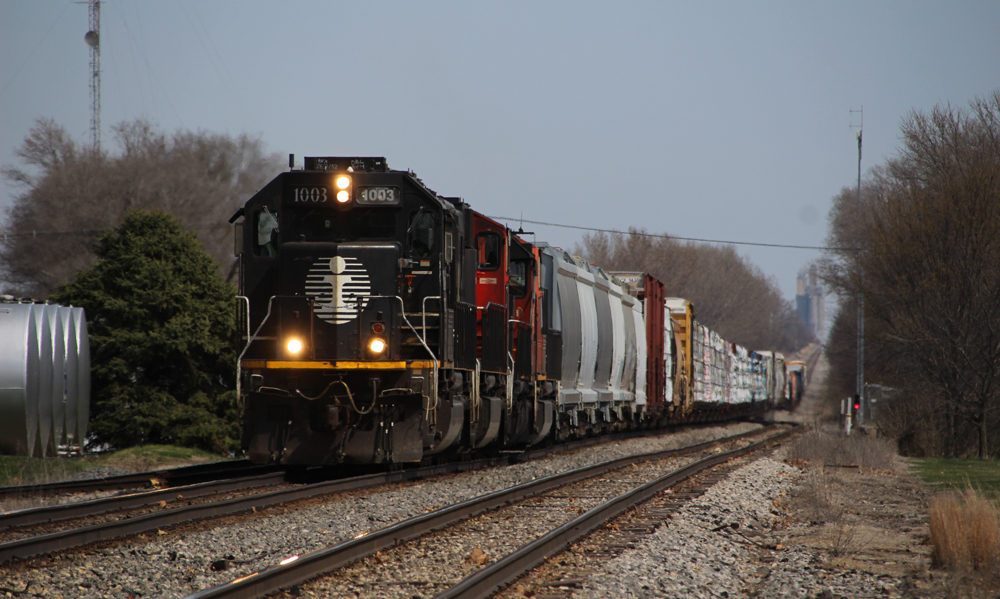
WASHINGTON — A coalition of railroad labor unions today called on the Class I systems to pause their stock buyback programs and abandon the low-cost Precision Scheduled Railroading operating model until safety improves.
The 14 unions, which combined represent more than 100,000 railroad workers, claim that since 2015 the six publicly-traded freight railroads spent more than $165 billion in stock buybacks, which is $46 billion more than they invested in safety.
“For years, rail workers have been sounding the alarm about safety issues. It’s time to listen to rail workers, not rail CEOs,” the union coalition said on their new nostockbuybacks.org website. “It’s time to end PSR now. If freight rail CEOs don’t prioritize safety over profits, the crisis will unfortunately continue.”
The unions also are running a petition campaign to gain support for their anti-buyback effort.
Surface Transportation Board Chairman Martin Oberman has been critical of the railroads’ stock buyback programs, as well, saying they come at the expense of investments in capacity expansion and customer service.
“U.S. freight railroads invest large sums of their own capital in their network. In 2022, spending totaled $24 billion. For context, that means in a single year U.S. railroads spent four times the record-breaking amount investors paid to buy the Washington Commanders NFL franchise,” an Association of American Railroads spokesman says. “Meanwhile, capital spending as a percent of revenue was 18.4% from 2012-2021, six times that of the average U.S. manufacturer. All the while, railroads continue to invest in their workers, with employee compensation ranking in the top ten percent nationally.”
“Any suggestion that railroads fail to invest appropriately, and that this in turn is related to a negative safety record, is categorically false. Federal Railroad Administration data show key metrics for Class I railroads such as mainline accident and hazmat incident rates are at some of their lowest levels in history and are a fraction of what they were in recent decades. The industry will continue to allocate capital to further improve safety and meet demand,” the AAR says.
Over the last 15 years, freight railroads have invested, on average, $23.9 billion of their own capital into improving and maintaining their networks every year, according to AAR data. “To put this into perspective, that is $1 billion more than the historic investments Congress has made this year in rail and multi-modal programs in the Infrastructure Investment and Jobs Act and the omnibus combined,” AAR says.
Note: Updated at 6:20 a.m. on April 23 with comment from AAR.













Get rid of the stinking PSR plan. The trains are too dangerous and little kids on the way to school have to climb between them and under.
Do what Quebec does, have the union pension fund buy up large interests in the industries they work at. It gives them way more leverage in where the money goes.
The Quebec Pension Fund is not buying sports teams (unless they own the Canadiens), they are buying rail assets.
Just saying if the rail union’s wants a larger voice on how Class 1’s work with hedge funds and Wall Street, then they need to put some skin in the game and stop relying solely on DC lobbyists.
The AAR response is lengthier than the original article… c’mon, Newswire.
Somehow AAR thinks the price of an NFL team has something to do with CapEx. The allegedly improvement in safety has more to do with the 30% reduction in train starts, reduced carload traffic and closure of hump yards. There is less traffic and handling of cars, so less opportunity for derailments. It would be insightful to adjust risk levels based on operating practices; that would probably show increased risk as the WSJ graphics indicated a few weeks ago.